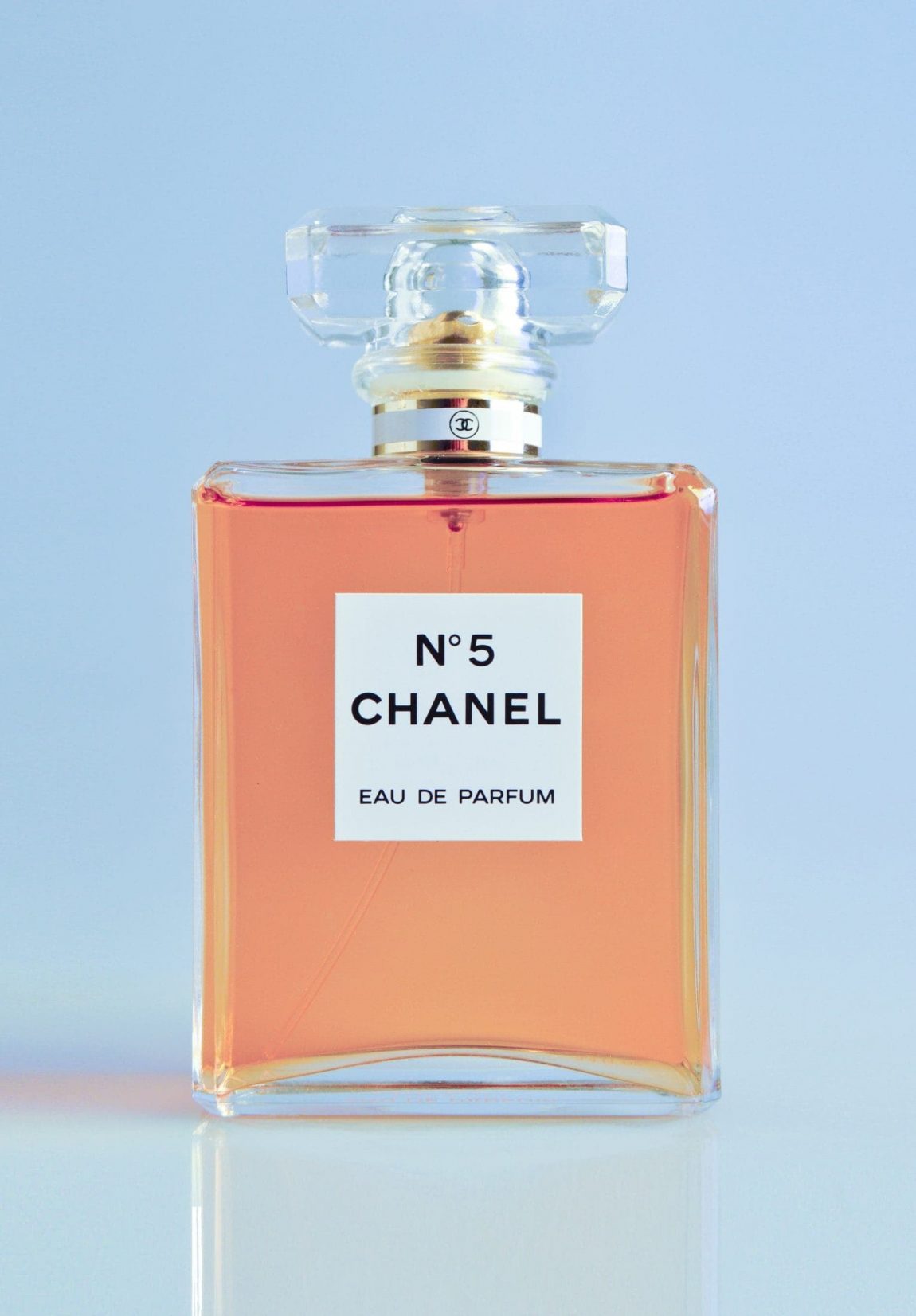Key Takeaways
- Chanel is a luxury French fashion house established in 1910 by Coco Chanel.
- Known for revolutionizing women’s fashion, particularly with the iconic Chanel Suit and No. 5 perfume.
- The company has expanded globally with over 500 boutiques and a diverse range of products including haute couture, ready-to-wear, accessories, and fragrances.
- Chanel’s leadership has seen various changes over the years, with notable figures like Karl Lagerfeld and Virginie Viard contributing significantly to its design ethos.
- The brand’s commitment to sustainability and philanthropy is evident in its recent initiatives and investments.
Chanel: A Century of Fashion Evolution
Introduction
Chanel, the esteemed French luxury fashion brand, has been at the forefront of the fashion industry since its inception in 1910 by Gabrielle “Coco” Chanel. Known for its timeless elegance and pioneering designs, Chanel has not only revolutionized women’s fashion but has also become a symbol of luxury and sophistication. This article delves into the rich history and enduring legacy of Chanel, exploring its journey from a Parisian boutique to a global fashion empire.
Early Years: The Coco Chanel Era
1. Establishing the Brand (1909-1920s)
Coco Chanel began her fashion career by opening a millinery shop in Paris, funded by her then-partner, Arthur “Boy” Capel. This period marked the foundation of Chanel’s fashion philosophy – simplicity and elegance. Chanel’s designs stood out for their practicality and grace, a stark contrast to the corseted silhouettes of the time.
2. World War I Influence and Expansion
The onset of World War I brought material scarcity, leading Chanel to innovate with fabrics like jersey. In 1915, Chanel’s couture house in Biarritz showcased her unique vision, emphasizing comfort without compromising style. Her designs from this era, including the celebrated Chanel suit, began to gain international acclaim.
The Golden Age of Chanel
1. The Introduction of Chanel No. 5
In 1921, Coco Chanel expanded her brand into the fragrance world with the iconic Chanel No. 5, revolutionizing the perfume industry. This fragrance, created by Ernest Beaux, became synonymous with luxury and remains a best-seller to this day.
2. The 1920s and 1930s: Expanding the Chanel Look
During the 1920s and 1930s, Chanel’s fashion continued to evolve. The brand’s aesthetic was characterized by simple lines, androgynous styles, and the use of colors like navy blue and grey. The introduction of the “Little Black Dress” in 1926 further cemented Chanel’s status as a fashion innovator.
Post-War Challenges and Resurgence
1. The Second World War Impact
The Second World War posed significant challenges for Chanel, leading to the closure of its stores. Post-war, Chanel faced controversies and allegations related to Coco’s activities during the war. Despite these challenges, the brand managed a remarkable comeback in the 1950s.
2. The Revival under Karl Lagerfeld
In 1983, Karl Lagerfeld took the helm as the chief designer, injecting a modern twist into Chanel’s classic designs. Under his guidance, Chanel expanded its product range, introducing new perfumes and accessories, and reinforcing its status in the luxury fashion realm.
The Modern Era of Chanel
1. Expansion and Innovation
In recent years, Chanel has continued to grow, emphasizing sustainability and innovation. The brand’s foray into skincare and the introduction of eco-conscious products showcase its commitment to modern challenges.
2. A Legacy of Elegance and Luxury
Today, Chanel remains a symbol of luxury, with its products ranging from high-fashion garments to fragrances, jewelry, and accessories. The brand’s global presence and continued popularity testify to its enduring legacy and the timeless appeal of its designs.
Frequently Asked Questions
- What made Chanel No. 5 so unique and popular?
Chanel No. 5’s uniqueness lies in its innovative blend of floral and aldehyde notes, a revolutionary composition at the time of its creation. - How did Coco Chanel revolutionize women’s fashion?
Coco Chanel revolutionized women’s fashion by introducing comfortable, practical garments that were both elegant and functional, moving away from restrictive corseted attire. - What is the significance of the Chanel suit?
The Chanel suit, with its simple lines and comfortable fit, embodied the modern woman – elegant, practical, and confident. - How did Karl Lagerfeld contribute to Chanel’s legacy?
Karl Lagerfeld refreshed the Chanel brand with his contemporary designs while staying true to its classic aesthetic, broadening its appeal to a younger audience. - What are Chanel’s commitments to sustainability?
Chanel has invested in eco-friendly initiatives, including reducing its carbon footprint and introducing products with naturally derived ingredients. - **Can





